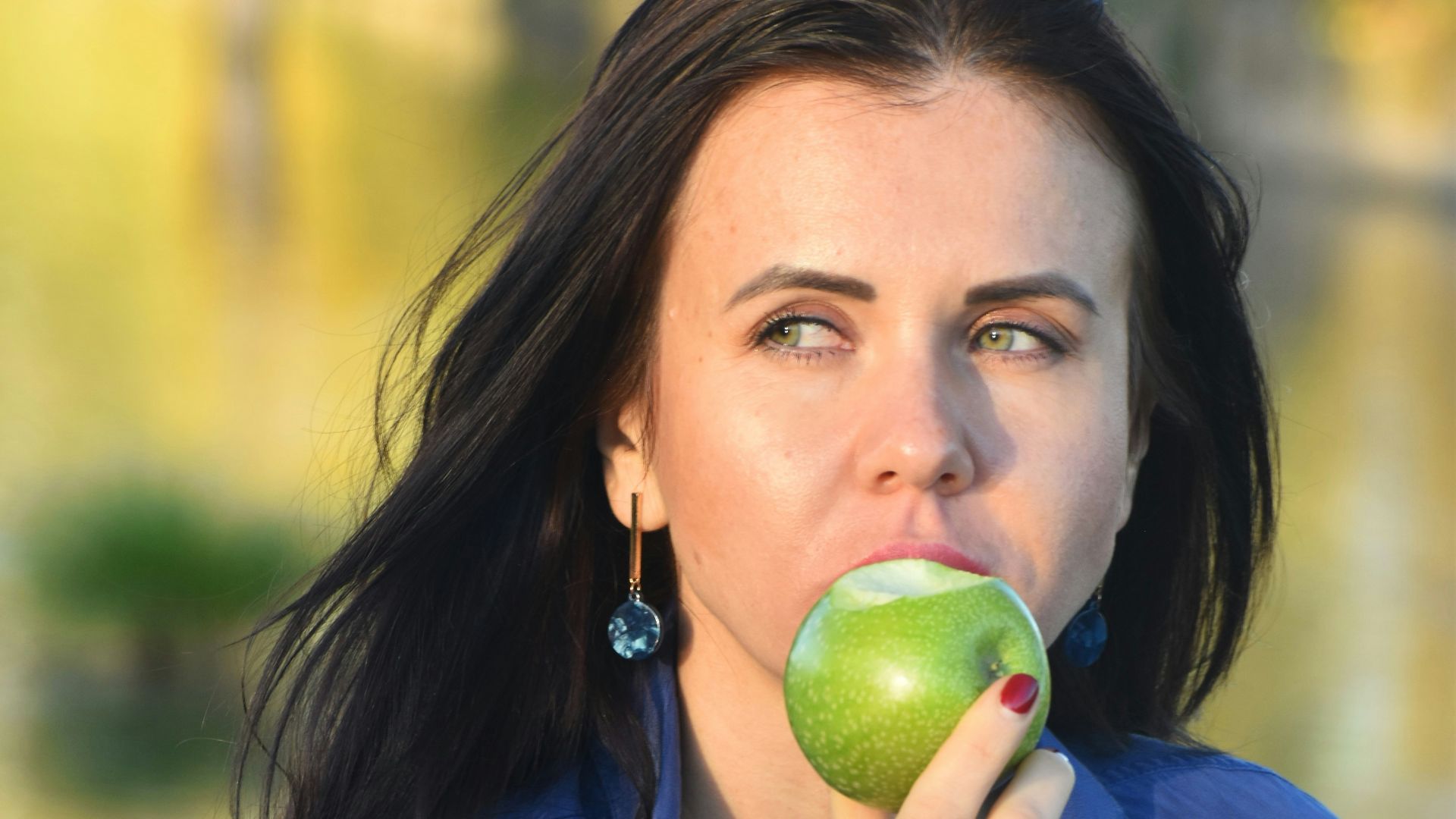How High-Sugar Fruits Are Tricking You Into Thinking You Are Eating Healthy
How High-Sugar Fruits Are Tricking You Into Thinking You Are Eating Healthy
You reach for what seems like a smart, guilt-free snack—fresh fruit, glistening and colorful, promising vitamins and fiber instead of processed junk. But here’s the twist: not every fruit plays by the same rules. Some varieties sneak in so much natural sugar that your body treats them a lot like candy.
When fruits carry more sugar than expected, they can behave more like desserts than superfoods. You’re not doing anything wrong by craving something sweet, but it helps to know which fruits tip the scales and how to enjoy them without overdoing it.
Here’s how these sweet impostors make their way into your diet—and what to do to keep your choices truly healthy.
Hidden Sugar In The Fruit Aisle
Walk through the produce section, and you’ll find plenty of “healthy” options that come with a surprising sugar tag. Grapes, cherries, mangos, and bananas are often the biggest culprits, because they can contain 14 to 16 grams of sugar—or more—per 100 grams. That might not sound like much until you realize that’s nearly the same amount of sugar as a small candy bar.
The real catch is how your body responds. That juicy burst of sweetness can cause your blood sugar to spike quickly, followed by a crash that leaves you hungry again soon after. So even though fruit sugar (fructose) is natural, it still hits your system fast when eaten in large portions or without balancing foods like protein or healthy fats.
 Daniele La Rosa Messina on Unsplash
Daniele La Rosa Messina on Unsplash
Portion Size And Carry-Overs Matter
Eating fruit too freely, without minding quantity, is a big no. Here’s why: A single cup of grapes or cherries might not look like much, but it can deliver 20 grams or more of sugar. And dried or canned fruit? That’s another level entirely. Removing water or adding syrup intensifies the sweetness, turning a handful of raisins into the sugar equivalent of a candy box.
Even fruit smoothies, which sound wholesome, can contain more sugar if you blend multiple high-sugar fruits together without any protein or fat to slow absorption. A good rule of thumb is to keep portions moderate and mix in lower-sugar fruits like berries or kiwi when you can.
Balance The Sweetness With Awareness
The good news is that you don’t have to avoid fruit. It’s still loaded with nutrients, fiber, and antioxidants your body needs. The trick is to eat it with intention, and here’s a formula that works:
Choose lower-sugar fruits: Think berries, grapefruit, papaya, or green apples instead of tropical fruits like pineapple or mango.
Pair fruit with protein or healthy fats: Combine apple slices with peanut butter, or top Greek yogurt with berries and nuts. The protein and fat help slow sugar absorption and keep you full longer.
Rethink fruit juices and smoothies: They often remove the fiber and concentrate sugar, making it easier to overconsume without feeling satisfied.
Final Takeaway
Fruit absolutely deserves a spot in your diet, but not a free pass. Natural sugar is still sugar, even when it comes wrapped in vitamins and fiber. The real power lies in mindfulness—knowing which fruits fit your goals and how to enjoy them wisely.
KEEP ON READING

The Most Popular Chocolate Bars in the USA

The Most Popular Candies in the USA






